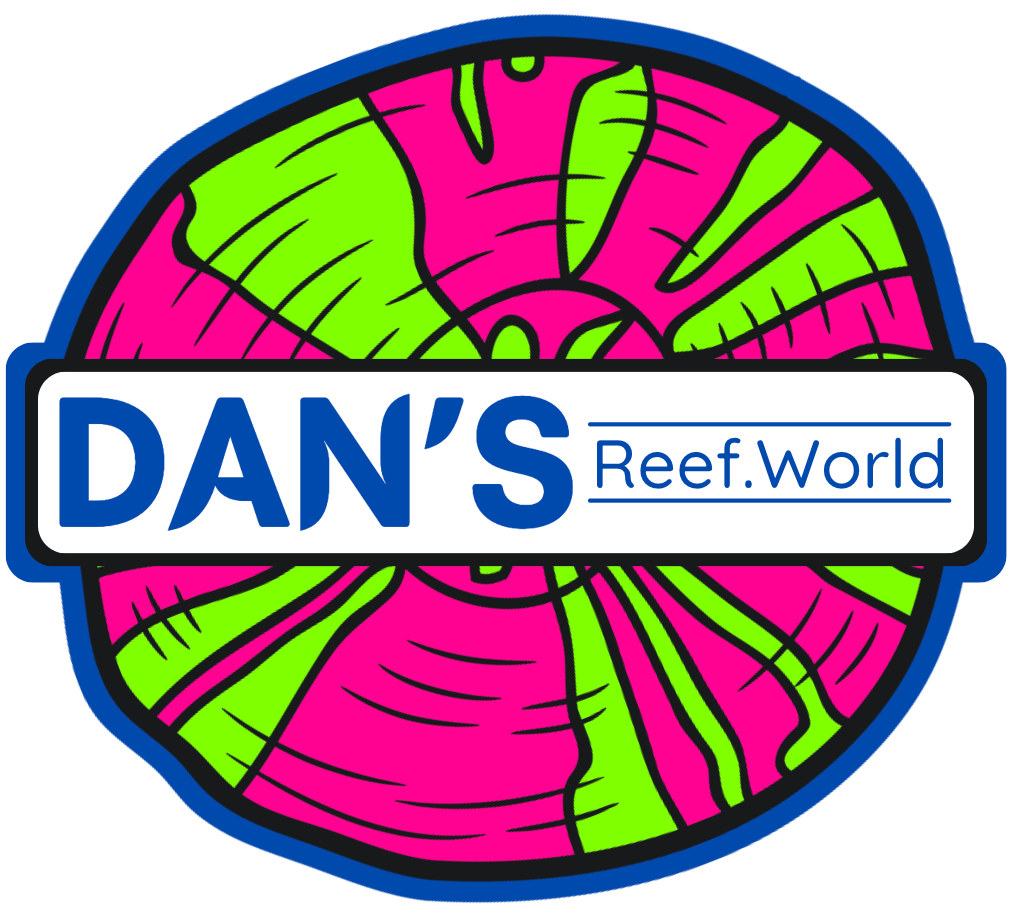Intro - Family Acroporidae
Coral reefs are among the most vibrant and diverse ecosystems on the planet, serving as crucial habitats for countless marine species. At the heart of these underwater jungles is the Acroporidae family, a group of corals that not only contribute to the structural integrity of reefs but also showcase stunning beauty and complexity. In this blog post, we’ll delve into the characteristics, ecological roles, and conservation challenges facing Acroporidae corals.
-
The Acroporidae family, commonly referred to as "staghorn" and "table" corals, encompasses a variety of species known for their unique branching and plate-like structures. These corals can grow rapidly, forming large colonies that provide essential habitat for numerous fish and invertebrate species. Some of the most well-known members include Acropora cervicornis (staghorn coral) and Acropora palmata (elkhorn coral), both of which play vital roles in reef ecosystems.
-
One of the defining features of Acroporidae corals is their growth form. They typically exhibit branching patterns that resemble antlers or tables, creating three-dimensional habitats in the reef. This morphology not only maximizes their surface area for photosynthesis but also provides shelter and breeding grounds for various marine organisms.
-
Coloration is another striking aspect of Acroporidae corals. Their vibrant hues, ranging from electric blues and greens to bright yellows and purples, are due to the symbiotic relationship they maintain with zooxanthellae—tiny algae that live within their tissues. These algae provide the corals with essential nutrients through photosynthesis, while the corals, in turn, offer a safe environment for the algae to thrive.
-
Acroporidae corals are integral to the health of coral reef ecosystems. They contribute to reef building by secreting calcium carbonate, which forms the skeletons that create the physical structure of reefs. This, in turn, supports a myriad of marine life, including fish, crustaceans, and mollusks. The complex habitats formed by these corals also enhance biodiversity, making coral reefs some of the most productive ecosystems on Earth.
-
Moreover, Acroporidae corals are critical for coastal protection. Healthy reefs act as natural barriers, absorbing wave energy and reducing coastal erosion. They also play a role in supporting local economies through tourism and fishing, underscoring the importance of their conservation.
-
Despite their ecological significance, Acroporidae corals face numerous threats. Climate change is arguably the most pressing issue, with rising sea temperatures leading to coral bleaching—a phenomenon where corals expel their symbiotic algae, causing them to lose their color and critical nutrient source. Increased ocean acidity and pollution further exacerbate the situation, making it difficult for corals to maintain their calcium carbonate structures.
-
Overfishing and destructive fishing practices also pose significant risks, as they disrupt the delicate balance of reef ecosystems. Habitat destruction from coastal development and pollution can lead to further decline in coral health, making conservation efforts all the more vital.
-
Efforts to protect and restore Acroporidae corals are underway worldwide. Marine protected areas (MPAs) are being established to limit human impact, while coral restoration initiatives focus on growing and transplanting coral fragments back onto damaged reefs. Public awareness campaigns also aim to educate communities about the importance of coral reefs and encourage sustainable practices.
As individuals, we can contribute by supporting conservation organizations, reducing our carbon footprint, and advocating for policies that protect marine ecosystems. Every action counts when it comes to preserving these incredible underwater treasures.
-
The Acroporidae family of corals is a testament to the beauty and complexity of marine ecosystems. Their vibrant colors, unique structures, and critical ecological roles make them a focal point of coral reef health. As we face unprecedented challenges from climate change and human activities, it’s essential to prioritize the conservation of these corals to ensure that future generations can experience the wonders of coral reefs. Let’s work together to protect these vital ecosystems for the benefit of all marine life—and ourselves.




